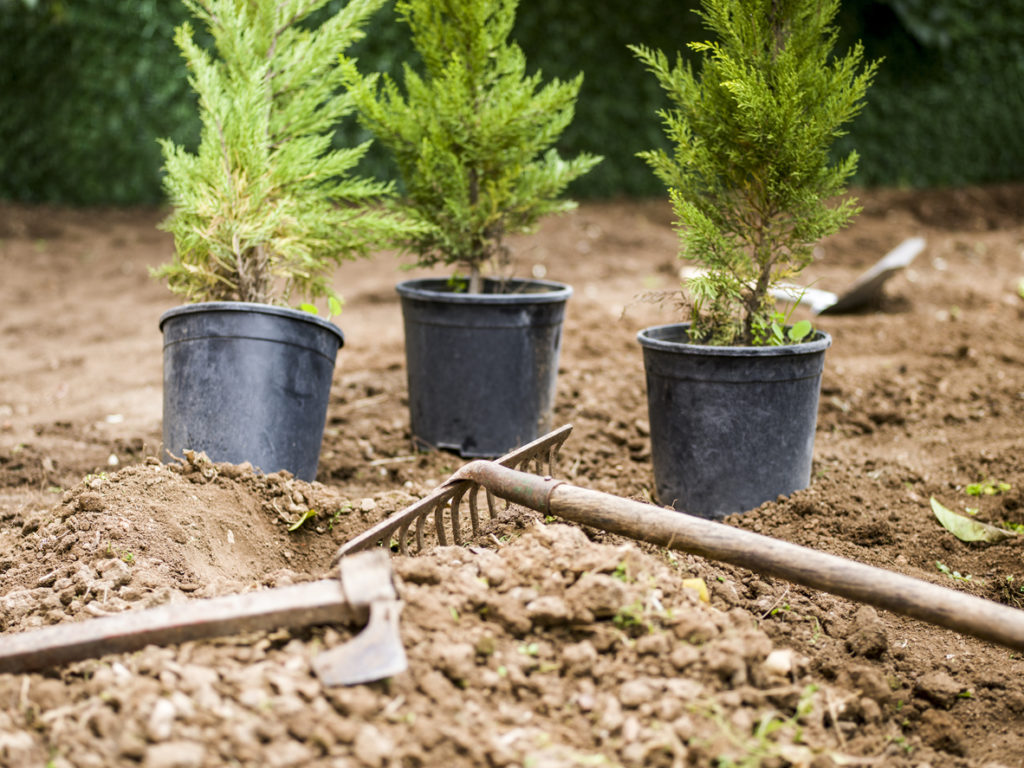A vibrant, lush yard doesn’t happen by accident—it begins with thoughtful and professional plant installation. Whether you’re redesigning your landscape, creating a new garden, or simply adding life to a dull lawn, the right plants placed in the right conditions make all the difference. Professional plant installation not only enhances curb appeal but also promotes a healthier environment, encourages biodiversity, and elevates your outdoor lifestyle.
In this guide, we’ll explore the benefits of plant installation, how it works, best practices, and why hiring an expert can transform your yard into a thriving, beautiful space.
Why Plant Installation Matters
Plants do more than just decorate—they provide structure, shade, privacy, and sustainability. A well-executed plant installation project considers climate, soil, sunlight, and maintenance needs. From ornamental shrubs to native perennials and trees, the right plants bring harmony and functionality to any landscape.
Benefits of professional plant installation include:
- Visual Appeal: Flowers, greenery, and textures make your yard inviting and elegant.
- Improved Air Quality: Plants help purify the air and reduce carbon dioxide levels.
- Erosion Control: Ground covers and shrubs help prevent soil erosion and water runoff.
- Temperature Regulation: Trees and shade plants reduce heat and cooling costs.
- Increased Property Value: A beautiful yard can boost your home’s market value significantly.
The Plant Installation Process
1. Site Evaluation
The first step is assessing your yard’s conditions: sunlight exposure, drainage, soil composition, and existing vegetation. A site evaluation helps determine the best plant choices and placement.
2. Design and Planning
A landscape plan is drafted, combining plant types, seasonal colors, bloom times, heights, and textures to ensure year-round beauty. This stage includes decisions about focal points, garden beds, walkways, and spacing.
3. Soil Preparation
Healthy soil is critical to successful plant growth. Professionals test pH levels, enrich the soil with compost or fertilizers, and ensure proper aeration and drainage.
4. Plant Selection
Choosing the right plants is essential. Professionals often recommend:
- Native plants for low-maintenance, drought-tolerant landscapes.
- Perennials for long-term blooms and sustainability.
- Shrubs and trees for structure, privacy, and shade.
- Annuals for bursts of seasonal color.
- Ground covers for erosion control and weed suppression.
5. Planting and Mulching
Plants are installed with proper spacing and depth. Mulch is applied to retain moisture, prevent weeds, and regulate temperature. Watering is done immediately to reduce transplant shock.
6. Ongoing Care Tips
After installation, it’s important to water plants regularly, especially in the first few weeks. Mulch should be replenished annually, and periodic pruning helps shape and maintain growth.
Popular Plant Installation Options
Flower Beds
Seasonal flower beds add vibrant colors and textures to your yard. Options include tulips, pansies, petunias, marigolds, and impatiens. These are ideal for front yards, borders, and accent areas.
Shrubs and Hedges
Evergreen and deciduous shrubs provide privacy, structure, and year-round appeal. Popular choices include boxwood, holly, azalea, and hydrangea.
Trees
Trees add vertical interest, shade, and habitat for birds and pollinators. Consider native species like red maple, dogwood, or oak, depending on your region.
Ground Covers
Ideal for slopes or shady areas, ground covers like creeping thyme, pachysandra, and vinca minor help suppress weeds and stabilize soil.
Container Gardens
Perfect for patios or smaller spaces, container plants allow for versatility and mobility. Herbs, ornamental grasses, and dwarf shrubs are popular choices.
Why Hire a Professional?
While DIY gardening is rewarding, professional plant installation offers many advantages:
- Expertise in Plant Selection: Pros know which plants thrive in your local climate and soil.
- Efficient Installation: They save you time and effort with proper tools and techniques.
- Disease Prevention: Experts recognize early signs of plant disease or pest issues.
- Aesthetic Design: Landscaping professionals create a cohesive and balanced layout.
- Long-Term Success: They offer care guidance to ensure your yard stays vibrant year-round.
Sustainability and Eco-Friendly Practices
A sustainable landscape is not only beautiful but also better for the environment. Professionals often use:
- Native plants that require less water and maintenance.
- Organic compost and fertilizers to nourish the soil.
- Drip irrigation systems for water conservation.
- Rain gardens to manage stormwater runoff.
Sustainable plant installation supports local ecosystems, reduces carbon footprints, and minimizes lawn care costs.
Seasonal Planting Tips
- Spring: Ideal for most plantings, especially perennials, trees, and shrubs.
- Summer: Focus on drought-resistant plants and keep soil moist.
- Fall: Great for tree and shrub installations, allowing root systems to establish before winter.
- Winter: In milder climates, cool-season annuals can still be planted.
Planning your planting schedule by season ensures better establishment and growth.
Maintenance for a Healthy Yard
Proper care keeps your plants thriving:
- Watering: Regular but not excessive. Early morning watering is best.
- Pruning: Removes dead growth and shapes plants.
- Mulching: Maintains soil temperature and reduces weeds.
- Fertilizing: Use seasonally-appropriate, slow-release fertilizers.
- Weeding: Regular removal prevents competition for nutrients.
Conclusion
Plant installation is an art and science that blends beauty with function. Whether you’re aiming for a peaceful garden retreat, a pollinator-friendly environment, or a show-stopping front yard, investing in expert plant installation pays off in health, happiness, and value. With the right plants, proper planning, and care, your yard can flourish year-round, reflecting both your style and your commitment to nature.
FAQs
1. When is the best time for plant installation?
Spring and fall are ideal, allowing plants to establish roots in milder temperatures.
2. How do I maintain newly installed plants?
Water regularly, mulch generously, and monitor for signs of stress or pests.
3. Can I use native plants for low-maintenance landscaping?
Yes, native plants are drought-tolerant and require less maintenance long-term.
4. Will plant installation increase my property value?
Absolutely! A professionally landscaped yard can boost home value by up to 15%.
5. Do I need to replace plants annually?
Annuals need replanting yearly, but perennials, shrubs, and trees last for years with care.


